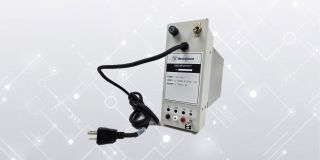The Advantage of Upgrading Power Supply Infrastructure in Nuclear Power Plants
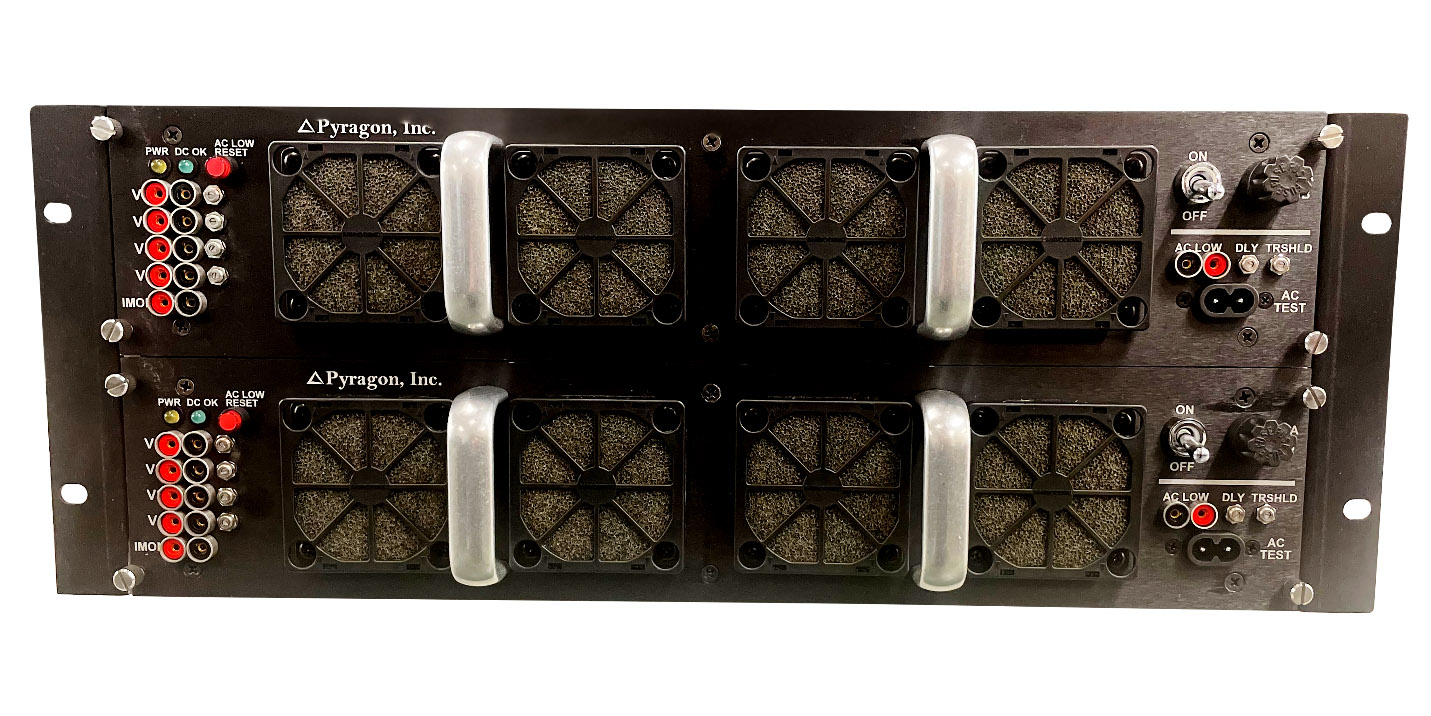
Commercial nuclear technology in the West began with the design and construction of nuclear power plants (NPPs) from the late 1960s and reached its peak in the 1980s. Originally licensed to operate for 40 years by the Nuclear Regulatory Commission, some plants face decommissioning at the end of their lifespans; many, however, are being granted 20+ year operating license extensions.
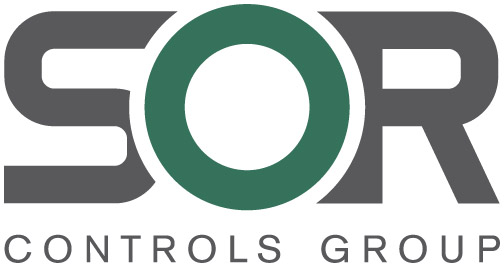 Plant evaluation reports have shown that original lifetimes were conservative, and plants can be safely operated for much longer than anticipated. Based on these analyses, many plants are projected to last another 20 or 30 years. In several NPPs, they have rebuilt the nuclear reactors and run new tubes, resulting in life expectancies reaching 2050 and beyond. However, there is one component integral to the continued viability of every NPP when pursuing an extended operating license: the power supply.
Plant evaluation reports have shown that original lifetimes were conservative, and plants can be safely operated for much longer than anticipated. Based on these analyses, many plants are projected to last another 20 or 30 years. In several NPPs, they have rebuilt the nuclear reactors and run new tubes, resulting in life expectancies reaching 2050 and beyond. However, there is one component integral to the continued viability of every NPP when pursuing an extended operating license: the power supply.
The Importance of Power Supplies
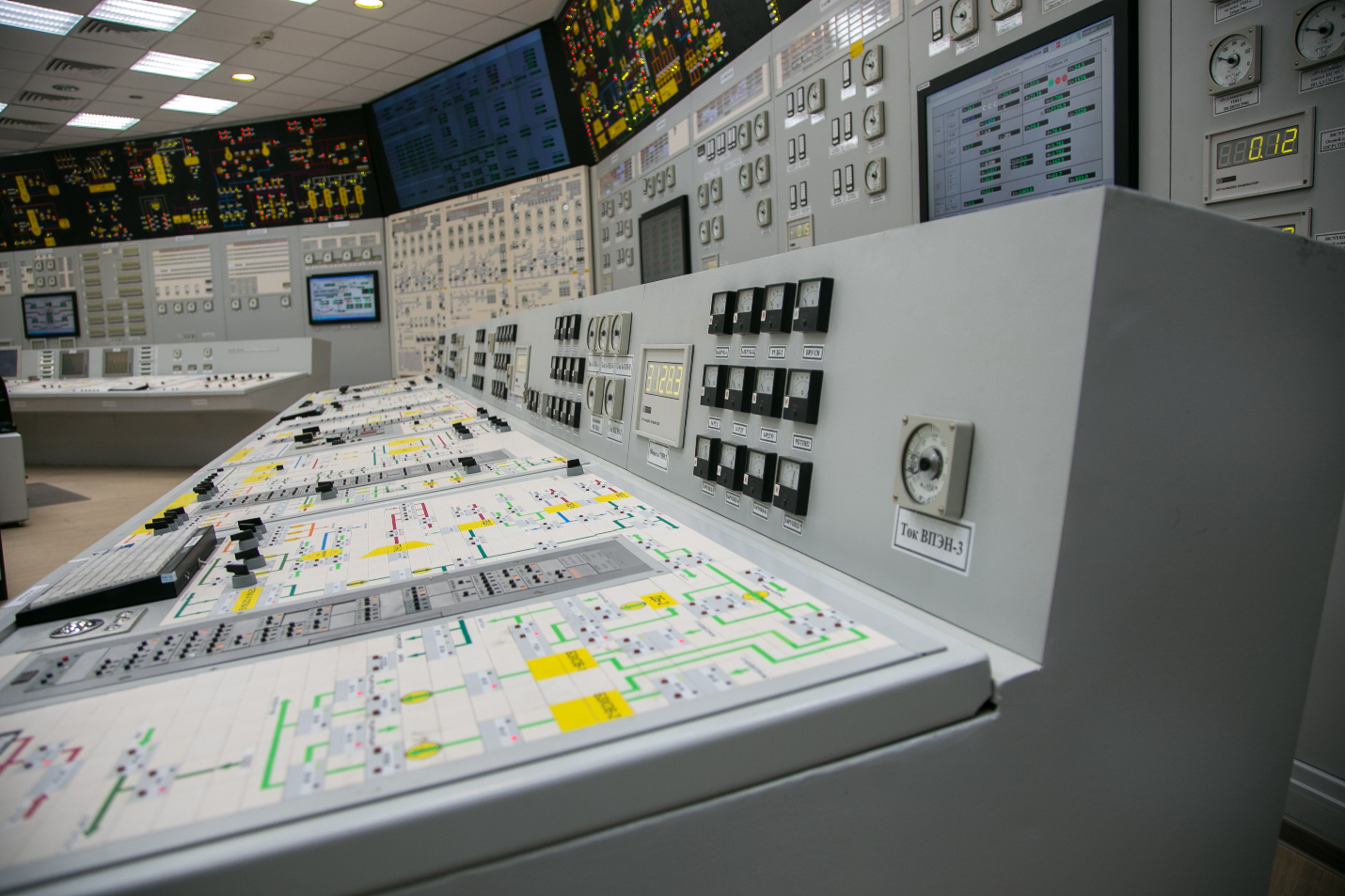
Figure 1.
Nuclear power supplies play a critical role in operating NPPs safely and efficiently. A power supply connects to multiple, peripheral elements within a plant – the control system, I/O subsystems around the control system, field instrument loops (as many as 50 or more per supply) – literally powering a thousand different items, such as pressure and temperature transmitters, and even the control computer itself.
The first electronic nuclear power supplies used linear technology dating back to the 1930s and 1940s. The design converts a 120 or 230-volt AC source into a DC supply using a full wave rectifier and then maintains the output using large electrolytic capacitors and solid-state regulators. Linear supplies were the dominant technology installed in the original NPPs.
Switching power supplies were developed in the 1980s and within 10 years became the de facto standard. They function on a completely different principle than their linear predecessors. They are compatible with a wide range of input voltages; for instance, with a single-phase power line they can typically operate from 70 to 260 VAC, while still producing a stable output.
As one might expect, this newer technology brings many advantages over legacy devices.
1. Linear supplies have an efficiency of around 50%. Whereas, switching supplies are around 75%.
2. Being less efficient means there is more power “wasted”, which produces more heat. Exposing components to higher operating temperatures results in shorter lifespans.
3. Operating at higher temperatures results in more failures, so improving efficiency results in higher reliability.
4. Switching supplies can utilize smaller components, providing better airflow, allowing them to run at much cooler temperatures.
5. Electrolytic capacitors are a critical component for both linear and switching supplies. That said, switching supplies use fewer and smaller capacitors; this is a major advantage since electrolytic capacitors are a common failure point.
6. Switching technology makes them relatively immune to power line fluctuations, noise, and harmonics, thereby making it more inherently stable.
The one concern often associated with switching power supplies is that they produce their own EMI noise field and could potentially disrupt nearby instrumentation. Since this technology has been in use for decades, robust design methods have been developed to address this issue. Switching supplies are used in many mission-critical applications such as military, aerospace and medical devices.
Understanding the Replacement Process
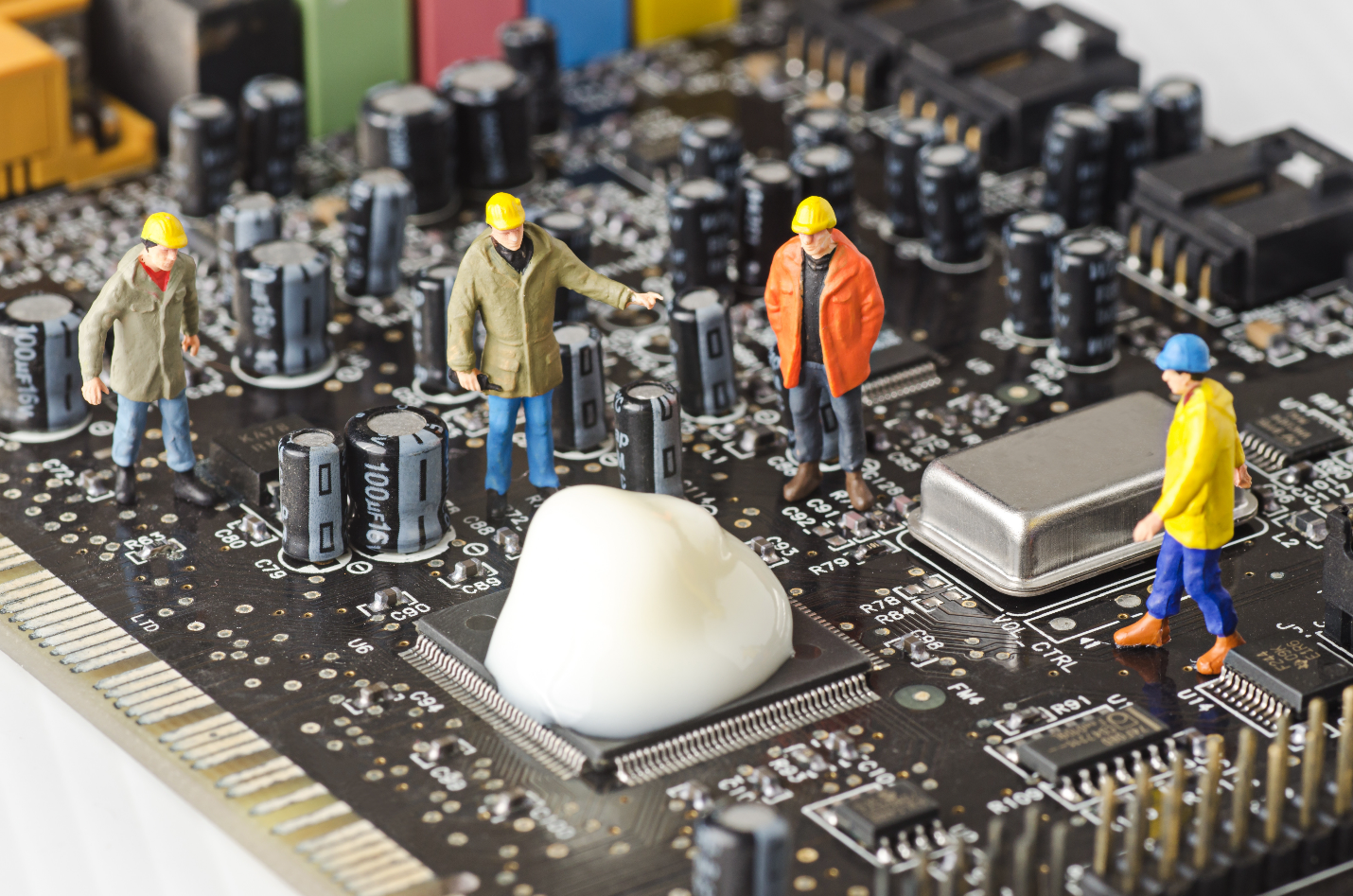
Figure 2.
When it comes time to replace an antiquated power supply, NPPs have two options:
1. Replace the nuclear power supply with the same linear technology from the 1940s, using reverse engineering to produce a like-for-like replacement.
2. Replace it with a newer switching technology power supply which offers advantages in reliability, maintenance, and performance.
Undoubtedly, the smart move is to opt for a switching supply, but they do operate differently. Because power supplies are involved in so many elements of the plant (controls, instrumentation, etc.) it is important to be proactive in starting the replacement process – it can take several years to design or identify and procure a power supply comparable to the legacy device.
Above all, the most important aspect of the replacement process is close collaboration with a power supply manufacturer, such as PYRAGON, who has extensive experience as a nuclear power supplier.
From the experience of PYRAGON, it’s best to engage with the manufacturer early before the technical specification is finalized. This allows the manufacturer to review the technical specification, verify the legacy supply applications and associated characteristics are correctly stated, avoiding delays down the line and ensuring a suitable timely solution can be delivered.
Key Considerations

Figure 3.
A primary consideration is maintaining the current form-fit-function, to ensure the new power supply matches the old one. Likewise, the effects on downstream instrumentation must not be neglected. This should include a review of all the equipment connected to the power supply and understanding its ramifications, such as the features and functions that might differ between old and new power supply technology.
• As mentioned previously, switching supplies generate more EMI noise than linear power supplies. PYRAGON can advise what IEC tests should be performed to ensure this is not an issue.
• Shutdown and overload characteristics - Linear and switching supplies usually have different methodologies for these functions. PYRAGON can ensure the specification is written such that equipment powered by the switching supply remain compatible.
• Remote sensing - This functionality is like the shutdown and overload characteristics, where a close review with the manufacturer can identify and resolve any issues with the proposed solution.
These items can be designed into a switching supply such that they will work seamlessly compared to the older supplies if the performance requirements are understood.
Lastly, there is push in many NPPs to add IEC 61000 protection to replacement equipment. The intent of these standards is to improve device reliability; however, they can take up anywhere from 10 to 30 percent of operational circuitry. Since switching supplies use smaller and more efficient components, it is much easier to incorporate the IEC requirements while still maintaining the form requirements of the legacy supply. PYRAGON has extensive experience in both writing these specifications and testing performance. Their comprehensive in-house IEC/EMI testing capability helps to guarantee an appropriate result.
Conclusion
Given the licensing extensions presented to many NPPs in North America and Europe – and the critical role this technology plays in reducing carbon emissions – power supplies serve as a key component in refurbishing plants and maintaining safe and efficient operations until 2050 or 2060.
The power supply is the heart of any control system, no matter the actual control algorithms, in supporting single loop controllers, PLCs and other critical devices. The options for a replacement legacy power supply have become incredibly limited. Most power supplies available for any nuclear plant take some amount of customization, whether a full or partial redesign.
There exists apprehension among some in the nuclear industry about moving over to switching power supply technology. With the right information and thoughtful planning from plant operators and engineers in close collaboration with power supply manufacturers like PYRAGON, a properly selected switching power supply has proven itself to be a critical upgrade to the continued operation of any nuclear power plant.
PYRAGON designs and manufactures electronic instrumentation, I/O subsystems, and power supplies under our CSA-N299.2 nuclear QA program. These provide form-fit-function replacements for both new and obsolete nuclear instrumentation.
For over 75 years, SOR Controls Group has been a trusted global leader in the design and manufacturing of industrial process instrumentation and grab sampling systems under the brands of SOR Measurement & Control, SSi Temperature Sensors, SENSOR Sampling Systems, and PYRAGON.
Get in touch with PYRAGON for all your replacement nuclear power supplies
 Thomas R. Crumlish – Director of Business Development, PYRAGON
Thomas R. Crumlish – Director of Business Development, PYRAGON
Thomas Crumlish is a graduate of the Rochester Institute of Technology with a Bachelor’s Degree in Electronic Engineering Technology. Thomas has over 40 years of experience in the process control industries, primarily running businesses that focus on the design and manufacturing of electronic instrumentation. Thomas founded PYRAGON in 1996 which grew to specialize in the replacement of obsolete electronics in nuclear power plants. PYRAGON was acquired by SOR Controls Group in 2023.
 Matthew K. Giunta – Marketing Manager, SOR Measurement & Control
Matthew K. Giunta – Marketing Manager, SOR Measurement & Control
Matthew Giunta is a graduate of the University of Kansas with a Bachelor of Science in Chemical Engineering. Before coming to SOR, he worked as a Field Engineer cementing wells in the Permian Basin and as a Clinical Research Technician processing biological samples for investigational drug studies. Matthew is a Marketing Manager at SOR and is responsible for business analysis and overall product line management. He has also served as a Product Manager and an Inside Sales Engineer during his time with SOR.
References
Figure 1: ID#23042337, vencavolrab78©123RF.com
Figure 2: ID#80388525, mulderphoto©123RF.com
Figure 3: ID#42491590, kwanchai123rf©123RF.com

